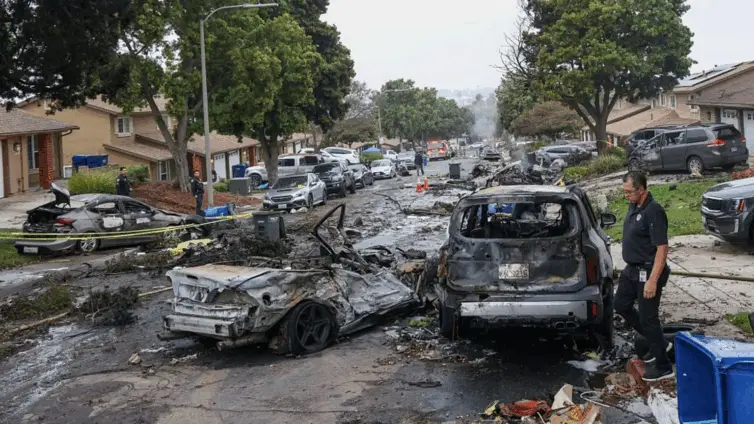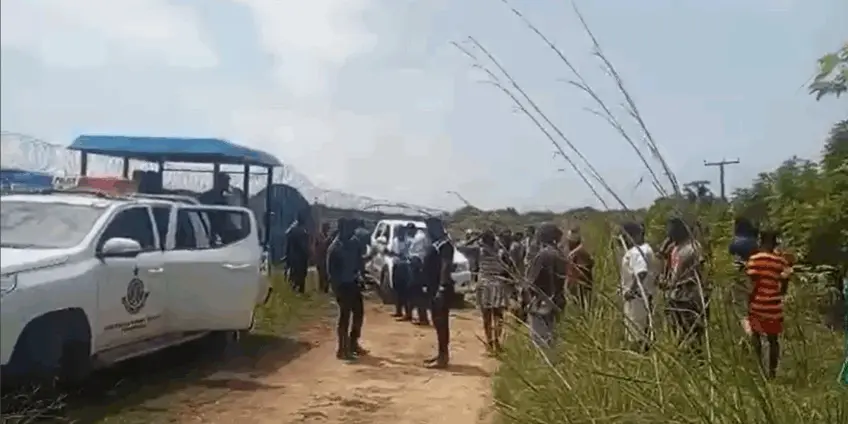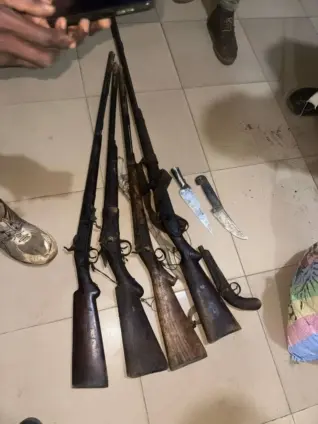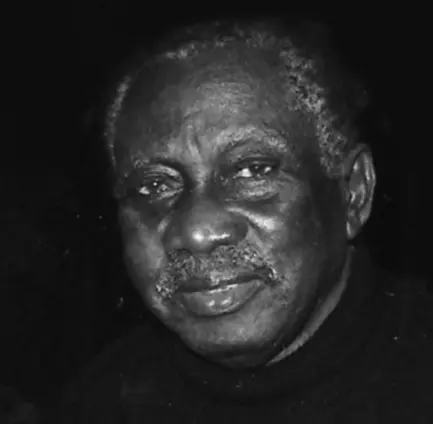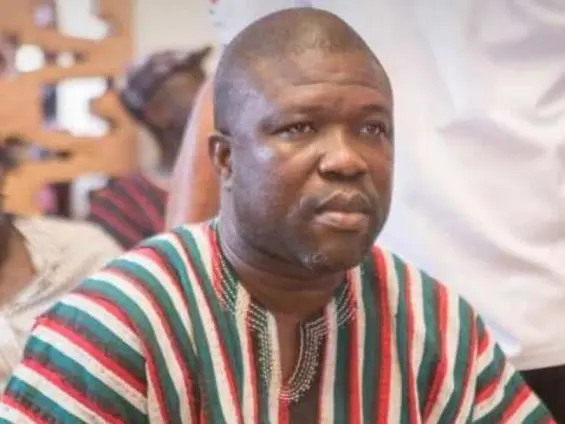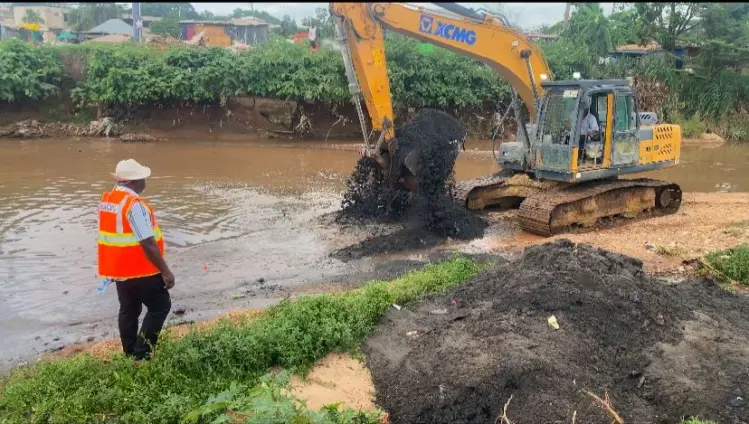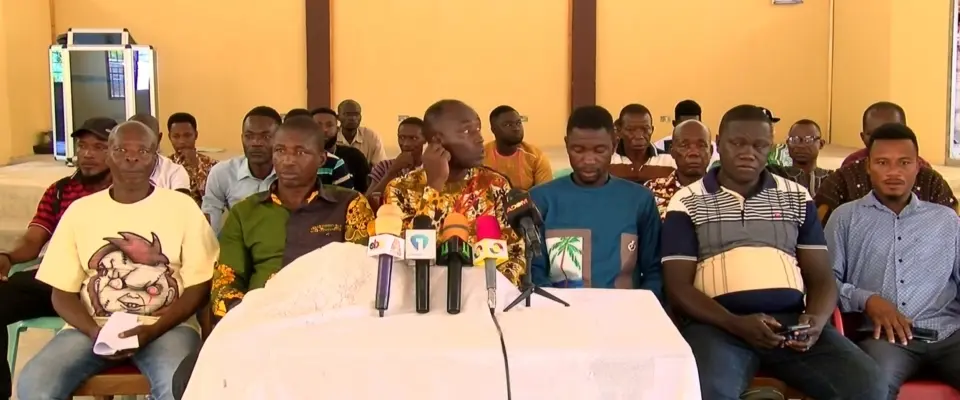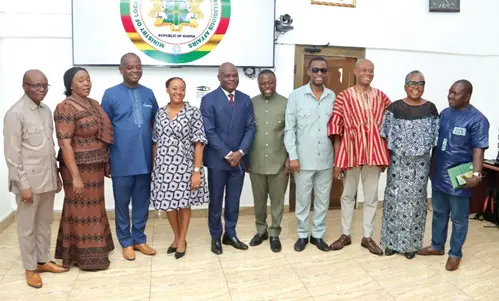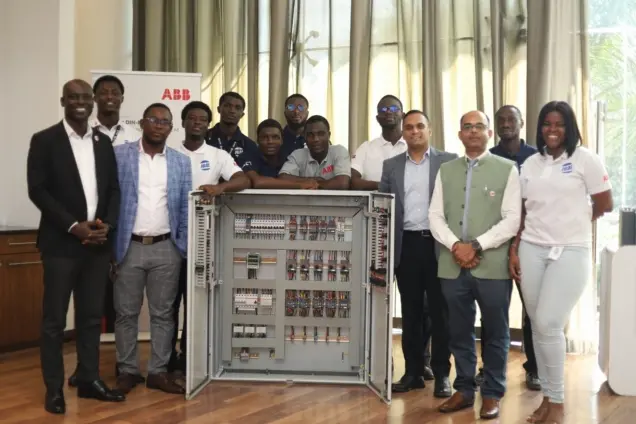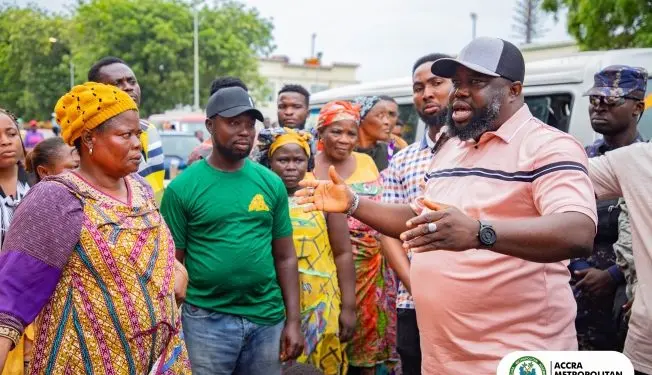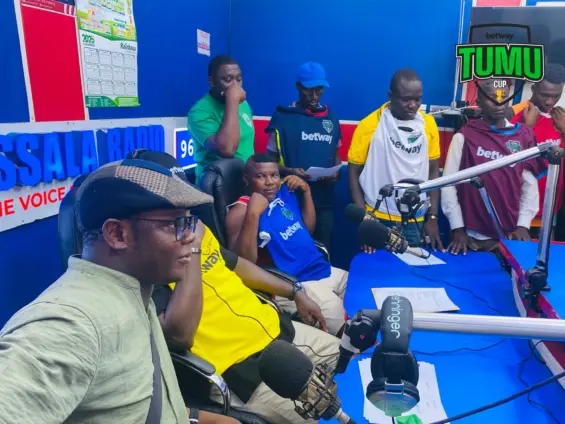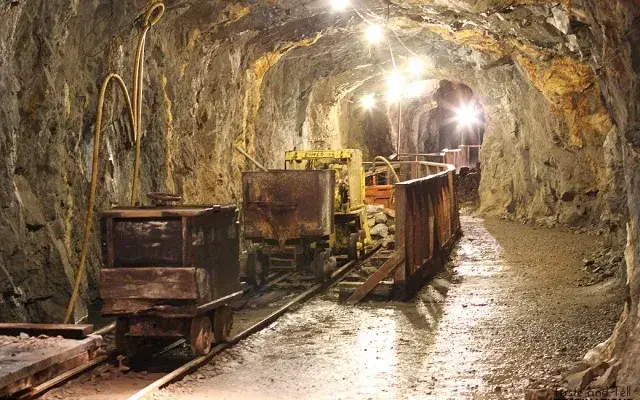The snarl of traffic, the hawkers calling out their wares, the seemingly endless maze of unauthorized structures – these were the hallmarks of Accra’s Central Business District (CBD) and Circle Neoplan Station. On Tuesday, May 20, 2025, however, a concerted effort began to change that narrative. The Accra Metropolitan Assembly (AMA) launched the Accra Decongestion Exercise, a bold initiative aimed at restoring order, enhancing urban mobility, and breathing new life into these vital areas of the city. The exercise targeted the removal of unauthorized structures, the relocation of street vendors, and the stringent enforcement of sanitation and traffic regulations, all in the pursuit of a more organized and accessible Accra.
The impact of the Accra Decongestion Exercise was immediately visible in the CBD. For years, the area had struggled under the weight of its own popularity, with pedestrian walkways choked by vendors and illegal structures obstructing traffic flow. AMA officials, supported by law enforcement, moved decisively to clear these obstructions. The goal was not simply to displace people, but to create an environment where both businesses and pedestrians could thrive. The task was challenging, requiring careful negotiation and a firm commitment to the long-term vision of a decongested Accra.


“The Central Business District has been a major concern due to the high volume of pedestrian and vehicular traffic,” stated Accra Mayor Michael Kpakpo Allotey, underscoring the urgency and importance of the operation. The initial phase focused on clearing key arteries to improve traffic flow and pedestrian safety.
Similar scenes unfolded at the Circle Neoplan Station, another notorious bottleneck in Accra’s urban landscape. The station, a crucial hub for commuters, had become plagued by unauthorized structures, overflowing refuse, and chaotic traffic. The AMA’s intervention aimed to dismantle these obstructions and enforce stricter sanitation measures. The immediate result was a noticeable improvement in both pedestrian and vehicular movement, creating a safer and more pleasant environment for commuters.

The Accra Decongestion Exercise was spearheaded by Accra Mayor Michael Kpakpo Allotey, with crucial support from the Ghana Police Service and National Security personnel. The combined presence of these entities ensured the smooth and orderly execution of the exercise, minimizing disruptions and maintaining public safety. AMA officials meticulously cleared pavements and bus stops that had been converted into makeshift commercial spaces, reclaiming them for their intended purpose. This action not only enhanced pedestrian movement but also streamlined public transport operations, making commuting easier for thousands of Accra residents.

The visual narrative of the Accra Decongestion Exercise was skillfully captured by photojournalist Sammy Moore. His images document the transformation of these key areas, showcasing before-and-after scenes, officials in action, and the tangible impact on traffic flow. Moore’s work serves as a powerful testament to the scale and significance of the operation, highlighting the dedication and effort involved in reshaping Accra’s urban landscape.

In summary, the initial day of the Accra Decongestion Exercise marked a significant step towards restoring order and enhancing urban mobility in Accra. The removal of unauthorized structures, the relocation of street vendors, and the enforcement of regulations have already yielded positive results, creating a more accessible and organized urban environment. The ongoing Accra Decongestion Exercise represents a commitment to a cleaner, safer, and more efficient city for all its residents.
Image Source: MYJOYONLINE


